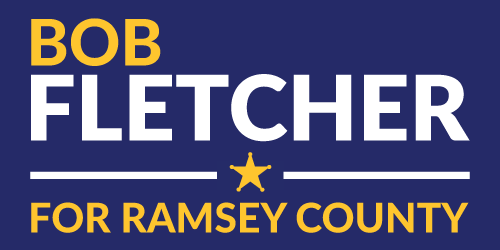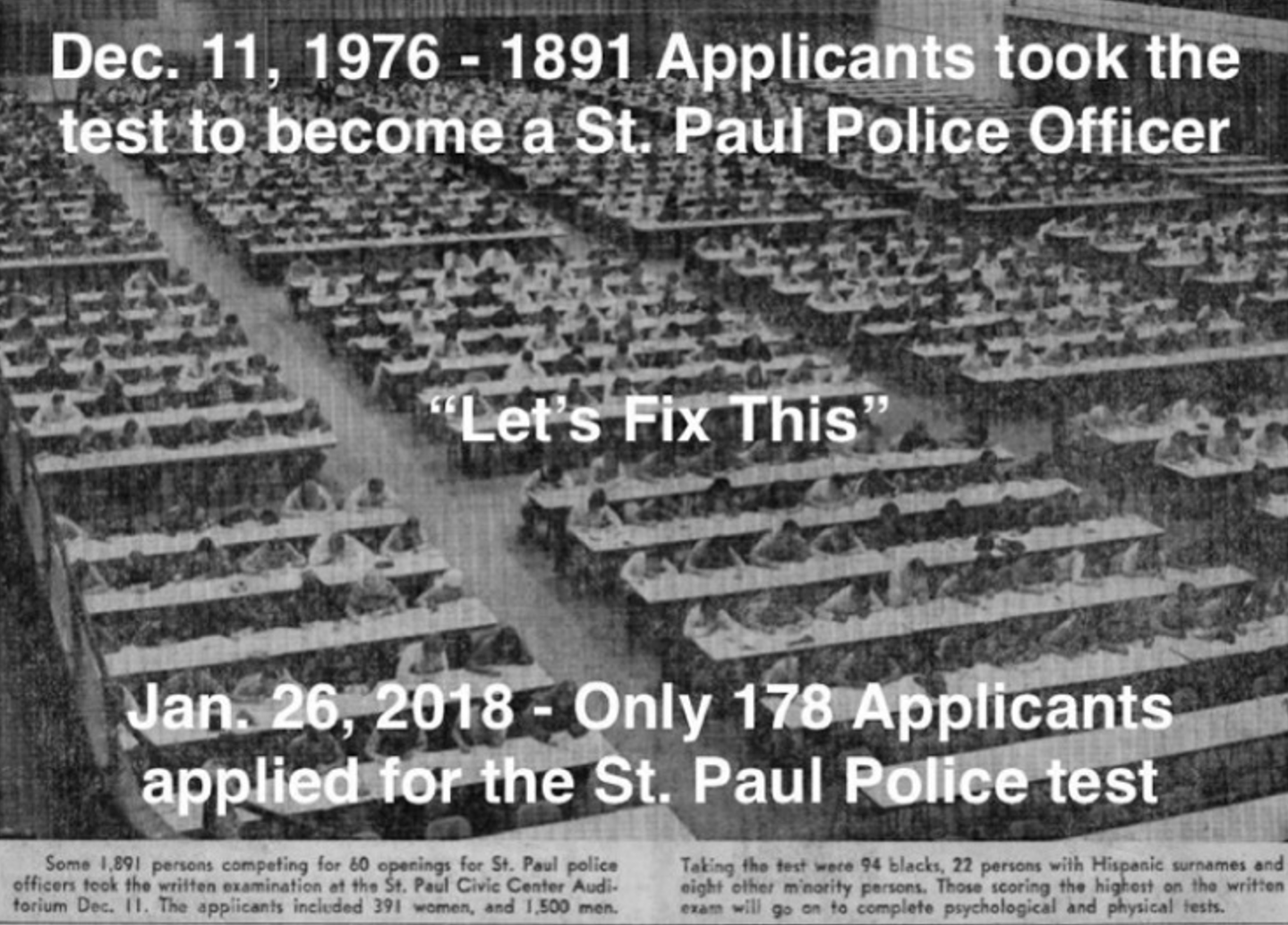INTRODUCTION
“If we want to improve the policing profession we need to expand the pool of persons eligible to become police officers. This will result in trained police officers and deputies of diverse backgrounds, ethnicities, and skills.”
- Bob Fletcher
BACKGROUND
In 1967, the Minnesota Legislature created the Minnesota Peace Officer Training Board (MPOTB). Ten years later, the Legislature abolished the MPOTB and established the Minnesota Board of Peace Officer Standards and Training (POST). As the first law enforcement occupational licensing system in the United States, the POST Board was tasked with overseeing licensing and training requirements as well as setting standards for agencies and officers.
The POST Board was an important first step in regulating law enforcement and standardizing police training across the state. The traditional path to becoming a police officer includes earning a two-year degree in law enforcement, attending a police academy called ‘SKILLS,’ and passing a state licensing exam before being hired by an agency.
For over 40 years, this approach has been utilized. However, in recent years there has been a recognized need to “think outside the box” of conventional hiring and develop alternative paths to policing. There are many factors driving this change, including allowing for a broader pool of candidates with diverse backgrounds, ethnicities, and skills. A reflective workforce looks like and understands the community.
We must provide opportunities for members of our community to become police officers who could not afford to attend college for law enforcement or who sought other opportunities earlier in their lives. Programs such as “Pathways to Policing” are a good start and must be expanded to allow departments to hire exceptional people who may not have current law enforcement training. Departments can provide law enforcement training to non-traditional candidates.
This is important because the members of the Sheriff's Office are the most valuable resource available to serve the community. In a timely and thorough manner, the Sheriff’s Office must hire, train, and retain the best employees. Once hired, employees must receive quality training and be developed to assume formal leadership roles. In part, this requires deliberate recruiting efforts with underrepresented communities, training in procedural justice, and individualized planning.
In 1976—one year before today’s standards were put in place—the Saint Paul Civic Center was filled with 1,891 applicants taking the test to become a police office. This year 178 eligible persons applied. In the above picture, there are two future law enforcement and community leaders—Saint Paul Police Chief John Harrington and Ramsey County Sheriff Bob Fletcher. Neither of these two would be able to take the test with today’s limitations.
VISION
As Sheriff, I am committed to opening doors for quality “career change” candidates with real life experience and a variety of different educational disciplines to serve our community. To do this, we will increase diversity each year and:
Broaden the pool of applicants. The Sheriff’s Office will seek out non-traditional officers of diverse backgrounds and ethnicities, and provide the necessary training to be officers. High professional and ethical standards will ensure the best are selected to serve.
Provide ongoing outreach and training. The Sheriff’s Office is dedicated to achieving a workforce that reflects the community and engages in staff development so that tomorrow’s leaders have the opportunity to come up through the ranks.




